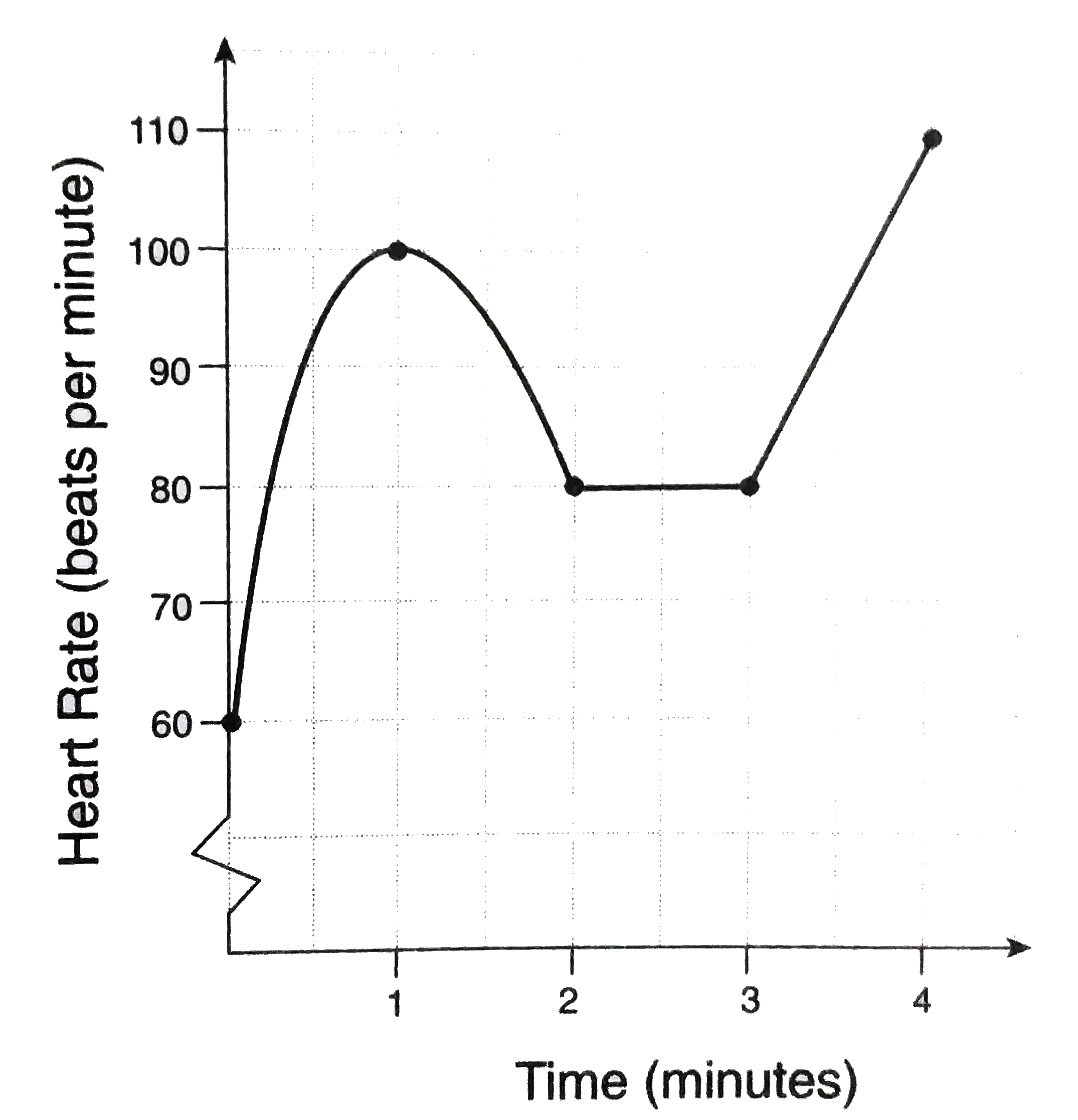A change that occurs after a fixed interval of time.
Step-by-Step Solution:
1. Understanding the Concept: A change that occurs after a fixed interval of time refers to a type of change that repeats itself at regular intervals.
2. Definition: This type of change is known as a "periodic change."
3. Examples:
- One common example of a periodic change is the rising and setting of the Sun. Every day, the Sun rises in the morning and sets in the evening at regular times.
- Another example is the ticking of a clock. A clock ticks at regular intervals (for instance, every second) and strikes at specific hours (like every hour).
4. Conclusion: Therefore, periodic changes are those that occur repeatedly over equal intervals of time, such as natural phenomena and mechanical devices.
---
- One common example of a periodic change is the rising and setting of the Sun. Every day, the Sun rises in the morning and sets in the evening at regular times.
- Another example is the ticking of a clock. A clock ticks at regular intervals (for instance, every second) and strikes at specific hours (like every hour).
Similar Questions
Knowledge Check
- Question 1 - Select One

Question 13 and 14 refer to the gaph above which shows the heart rate, in veats per minutes, of a jogger during a 4-minutes interval.
Q. The greatest percent of increase in the jogger's heart rate occured over what interval of time, in minutes?A0 to 1B1 to 2C2 to 3D3 to 4 - Question 2 - Select One
The area under velocity-time graph for a particle in a given interval of time represnets
AvelocityBaccelerationCwork doneDDisplacement does not tell the nature of the actual motion of a particle between the points. - Question 3 - Select One
_____________ the chemical change that occurs at this electrode is called _____________.
Aanode, oxidationBanode, reductionCcathode, oxidationDcathode, reduction
Draw a graph for acceleration against time for a uniformly accelerated motion. How can it be used to find the change in speed in a certain interval of time?
View SolutionIf the particle repeats its motion after a fixed time interval of 8 s then after how much time its maximum value of PE will be attained after attaining its minimum value ?
View SolutionA particle of mass m and charge q is accelerated by a potential difference V volt and made to enter a magnetic field region at an angle θ with the field. At the same moment, another particle of same mass and charge is projected in the direction of the field from the same point. Magnetic field induction is B. What would be the speed of second particle so that both particles meet again and again after regular interval of time. Also, find the time interval after which they meet and the distance travelled by the second particle during that interval.
View SolutionA particle of mass m and charge q is accelerated by a potential difference V volt and made to enter a magnetic field region at an angle θ with the field. At the same moment, another particle of same mass and charge is projected in the direction of the field from the same point. Magnetic field induction is B. What would be the speed of second particle so that both particles meet again and again after regular interval of time. Also, find the time interval after which they meet and the distance travelled by the second particle during that interval.
View SolutionState the energy changes that occur in the Burning coal while operating a steam engine.
View Solution

